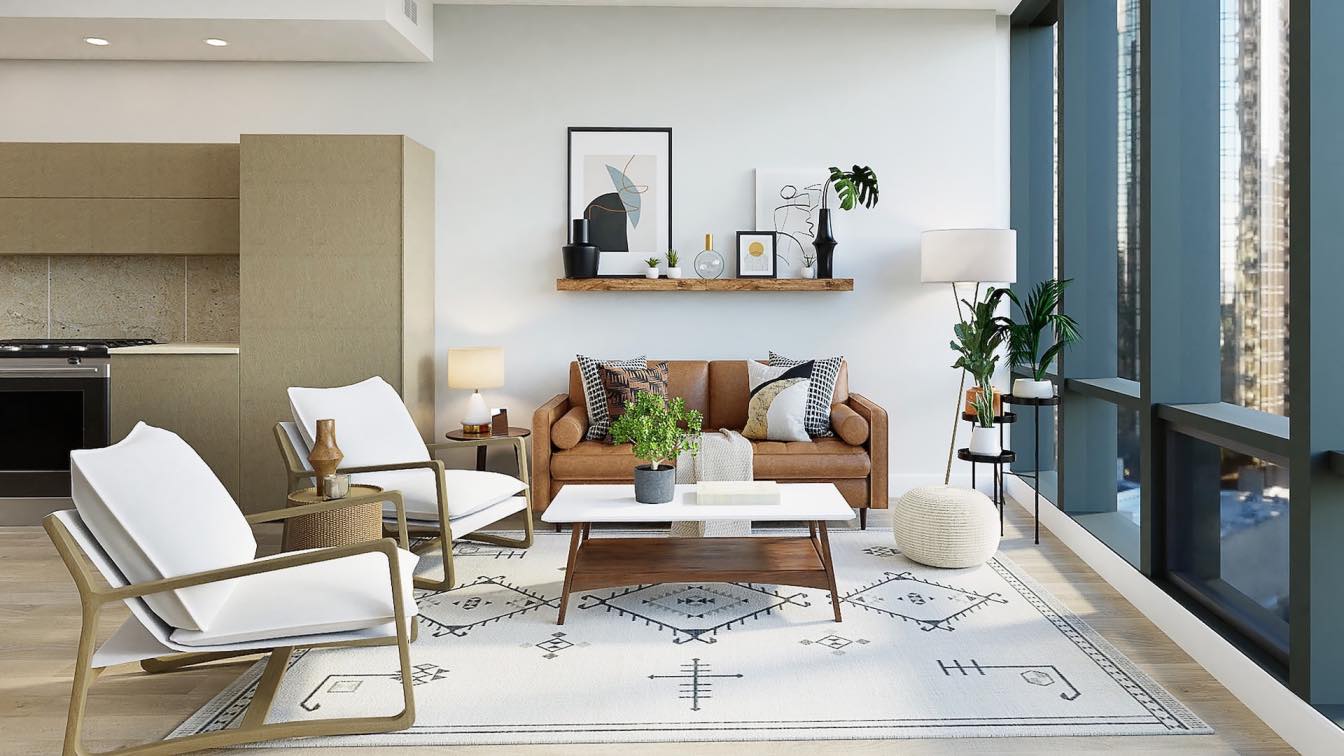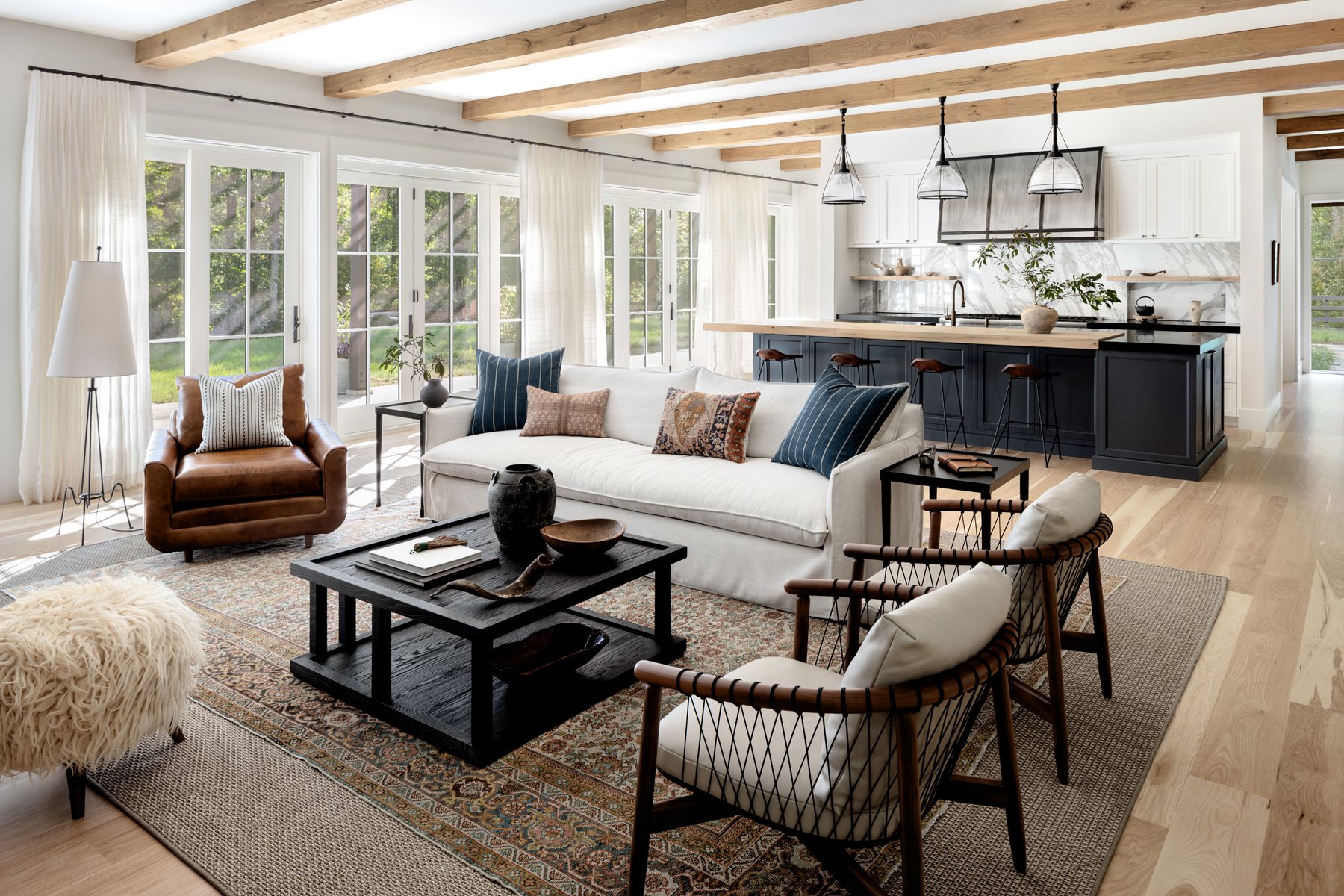Discover Innovative Solutions in Interior Architecture Miami
Why Understanding the Concepts of Interior Layout Is Crucial for Effective Room Planning
Understanding the concepts of indoor design is essential to effective room planning, as it lays the groundwork for developing settings that harmonize functionality with aesthetic appeal. Essential elements such as percentage, balance, and flow are not just attractive factors to consider; they are critical in maximizing just how a room is used.
Importance of Space Planning
Area preparation is a fundamental facet of interior design that significantly affects the capability and aesthetics of an area. It entails the strategic setup of furnishings, fixtures, and building elements to maximize using readily available room while enhancing the general customer experience. Efficient space planning addresses various variables, including circulation, availability, and the details needs of the owners.
One of the primary advantages of room preparation is its ability to improve spatial effectiveness. Interior design studio Miami. By thoughtfully organizing a layout, designers can guarantee that every area serves an objective, reducing clutter and advertising a sense of order. Additionally, appropriate room preparation promotes an unified environment, allowing for seamless motion and communication within a room
Furthermore, effective space preparation takes right into account all-natural light, sightlines, and the partnership in between different locations. This alternative technique not only raises the aesthetic appeal however additionally adds to the well-being and efficiency of the residents. Eventually, a well-executed space plan contributes in developing a well balanced and welcoming atmosphere, making it vital for any kind of interior decoration project.
Trick Principles of Interior Design

One fundamental principle is equilibrium, which can be in proportion, asymmetrical, or radial. In proportion balance develops a feeling of order, while unbalanced balance provides an extra dynamic visual allure. An additional important concept is proportion and scale, guaranteeing that the size of furniture and decor aspects associate sympathetically to each various other and the overall area.
Shade theory likewise plays a significant function, influencing state of mind and understanding. Developers make use of shade combinations to stimulate particular sensations and improve the spatial experience. Furthermore, the concept of rhythm includes creating a sense of motion with repetition of colors, patterns, or forms, assisting the eye throughout the space.
Finally, the concept of focus directs attention to centerpieces, permitting a clear narrative within the style. Interior design studio Miami. By sticking to these key concepts, indoor developers can create environments that not only meet practical needs but additionally reverberate with the occupants on a psychological level
Effect On Capability and Circulation

The arrangement of furniture, the option of materials, and the integration of innovation all play essential roles in accomplishing optimal performance. For instance, placing seating locations in proximity to work spaces can facilitate communication and collaboration, consequently improving productivity. Furthermore, making certain that paths are unobstructed and clear enables reliable motion, decreasing blockage and advertising a natural flow throughout the space.
Moreover, including elements such as lights and color can further aid in defining locations, making it much easier for people to browse their environment. Thoughtful room planning takes into consideration not only the physical elements of style but additionally just how individuals interact with their environments. Ultimately, a concentrate on capability and flow not only boosts the user experience but also raises the overall effectiveness of the room, developing an environment that satisfies the needs of its passengers while promoting a sense of harmony and equilibrium.
Enhancing Looks and Mood
Three crucial elements-- lights, appearance, and shade-- play critical duties in boosting the aesthetic appeals and mood of an indoor area. Shade develops the emotional tone; warm colors like oranges and reds stimulate power and warmth, while cooler shades such as blues and greens advertise peace and peace. Selecting a harmonious color scheme can change a space, developing a visually appealing and natural atmosphere.
Texture includes deepness and passion, adding to the tactile experience within a room. A mix of structures-- smooth surfaces, plush fabrics, and natural materials-- can produce visual intrigue and boost comfort. For example, combining a soft velour couch with a sleek glass coffee table can develop a balanced visual that invites interaction.
Lights, typically a neglected aspect, substantially influences state of mind. All-natural light fosters an open, ventilated environment, while tactically put artificial illumination can develop warmth and highlight architectural features. Dimmer switches allow flexibility, allowing for modifications to fit various tasks or times of day.
Including these 3 elements thoughtfully not just elevates the aesthetic appeal of a room but also cultivates an atmosphere that reverberates with its designated purpose, eventually enhancing the total experience for its residents.
Practical Applications in Reality
Applying interior decoration principles in genuine life calls for a thoughtful approach that incorporates color, appearance, and illumination right into everyday spaces. By recognizing how these elements interact, people can produce environments that are not only aesthetically appealing however harmonious and also useful.
For instance, in a small living area, using a light shade palette can make the room really feel larger and more open. Strategic use mirrors can enhance all-natural light and develop an impression of deepness. Incorporating various my website textures with textiles, such as rugs and pillows, can include heat and rate of interest without see page frustrating the detects.
Lights plays a vital role in specifying the atmosphere. Layered illumination, consisting of ambient, job, and accent options, enables flexibility in mood settings. In an office, for instance, a combination of all-natural light, desk lamps, and attractive fixtures can boost productivity while maintaining an inviting atmosphere.
In addition, recognizing spatial partnerships and furniture arrangement can result in improved capability. By adhering to concepts such as equilibrium and percentage, one can ensure that spaces serve their designated function while continuing to be visually pleasing. On the whole, functional applications of indoor style concepts significantly boost the livability and allure of any kind of environment.
Conclusion
In conclusion, comprehending the principles of indoor design is crucial for reliable space preparation, as it cultivates a balance in between functionality and appearances. By using essential ideas such as proportion, shade concept, and flow, developers can develop environments that improve both usability and visual allure. Eventually, this understanding adds to the advancement of rooms that not just satisfy functional needs but likewise boost the general environment, resulting in more efficient and satisfying experiences for customers.
Recognizing the principles of indoor style is essential to effective room preparation, as it lays the foundation for developing atmospheres that balance functionality with visual allure.Room planning is a basic facet of interior layout that significantly affects the performance and looks of an area. In addition, appropriate room preparation cultivates an unified setting, enabling for seamless activity and communication within a room.
In addition, the principle of rhythm involves developing index a feeling of activity with repetition of shades, forms, or patterns, directing the eye throughout the space.
In verdict, recognizing the concepts of indoor style is essential for reliable room planning, as it promotes a balance between functionality and looks.